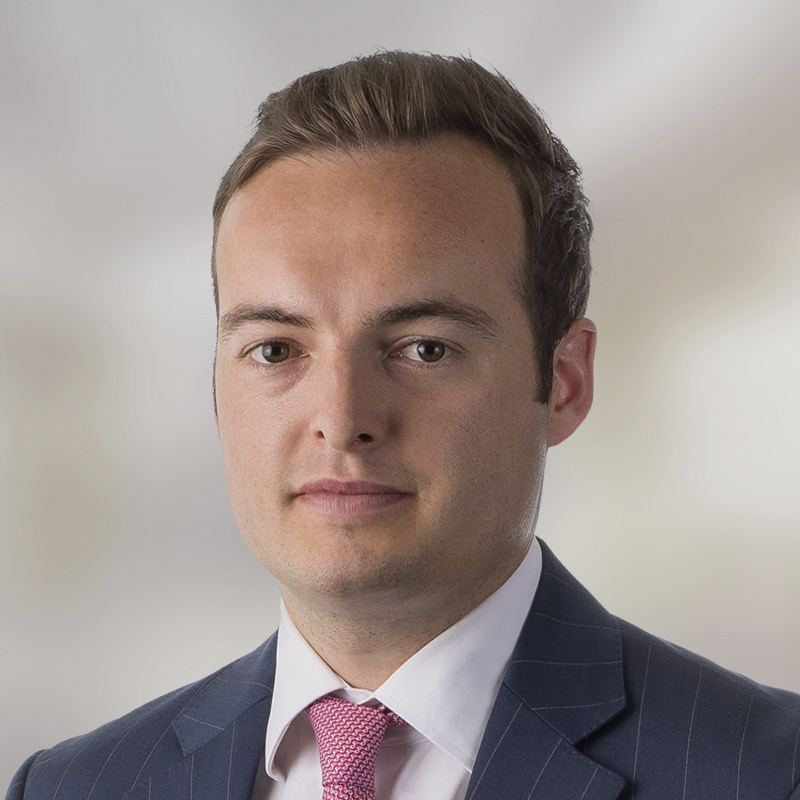Neil Barlow, a private equity M&A partner at Clifford Chance, speaks to Global Finance about his focus and experience on transactions in the sports sector.
Global Finance: What’s driving the current interest in sports finance?
Neil Barlow: The ownership of major sports franchises has often been the preserve of wealthy billionaires. US investors look toward European soccer and say, “There’s this amazing asset that has global appeal across Asia, the Middle East, South America … but how come their valuations don’t match that of an NFL team? What are they not doing?” Private equity firms seek operational opportunities. They may look at a particular club or franchise in a major sport, such as soccer, and see a potential real estate play. Perhaps a stadium could be redeveloped to host, say, a Taylor Swift concert or the NFL when they come to London or to Frankfurt. They hope to create opportunities to amplify the commercial impact of those teams in terms of what they are doing abroad.
GF: Which firm exemplifies this trend?
Barlow: Consider the likes of Sixth Street; we advised them on Barcelona. But seeing operational opportunities around clubs doesn’t always mean owning a club. That’s incredibly expensive, and there are stringent rules around financial fair play or acquiring players. And in the US, there are rules about the size of a stake that you can own in a franchise. While the NFL is opening up to private equity investment, there are stringent rules in the NBA and the NHL around owning minority stakes.
GF: So, where else in the sports ecosystem can private equity firms find opportunity?
Barlow: One example is media rights. The ability to provide liquidity or capital is readily realized when you say, “Let’s buy a certain percent of your broadcast revenue over the next 10 to 20 years. You can use this money to reinvest in your squad, your facilities, or your coaching and staff.” And the private equity investor has a pretty confident stream of revenue that is on an upward trajectory over a certain period. We have seen a lot more of those types of deals rather than club buyouts. While there are certain trophy clubs and assets out there, private equity firms are typically more focused on the adjacent sports aspects. What you are seeing is family offices—which are private equity in nature but funded in large part by multimillionaires or billionaires—looking at club acquisitions. But we haven’t seen a Blackstone or an Apollo or a Carlyle buy a Manchester United.

GF: Can private equity compete with nation-states?
Barlow: To quote PGA Tour Commissioner Jay Monahan, when you’re up against a nation-state to fund a project, you have to make strong decisions around how you operate the business. Take the golf example that I am alluding to. There has been a lot of angst and questions: Do you team up with a nation-state and create a merged global product? Is that in the best interests of the product, the players and commercialization? Or, do you look for private equity investment? It may not be of the same level, but you may feel like you have more autonomy around the future of your own product. And clearly there’s a lack of progress around the PGA Tour/LIV Golf merger.
When sovereign wealth investment first came into European soccer, the level and speed of investment happened at a time when the leagues hadn’t fully appreciated the guardrails they may have wanted in place to ensure fair competition. Contrast Manchester City’s investment from Abu Dhabi United Group and PSG’s investment from Qatar Sports Investments, with Newcastle United Football Club and Saudi Arabia’s Public Investment Fund years later. Today, new investments, as seen with Newcastle, happen in a more constrained environment, for example as to the amount that can be deployed on players. The rules have now developed to regulate the enormity of funding.
GF: What lessons have you learned from recent advisory roles, and how can CFOs apply that in their own work?
Barlow: A number of portfolio companies are asked by their owners to move into exit mode at a rapid speed. Sometimes an owner thinks, “Now’s our time. Let’s go.” And I think CFOs have had to really grapple with how quickly they can produce the data, the budgeting, the forecasting and the financials. That puts pressure on the C-suite. Often in those scenarios, only a small number of managers or senior employees at an organization are in the know about that process. So, the ability to be organized and gather information is key. Otherwise, transactions can stall and that obviously puts a huge strain on CFOs.
Also, build a rapport with the private equity owner, where they can preempt in advance when they think those cycles of exit activity are going to happen, and prepare behind the scenes. If the business has seasonal revenue, how’s that going to look to the buyer market? Maybe the buyer dinks you on price and valuation. Then the private equity house goes back to the CFO and says, “Why didn’t we predict this?” Often they can predict it, if they’ve had that conversation. The teams that I’ve seen operate most effectively are having those communications early, in order to preempt when these things might happen.
So, stay on it. Keep your organization organized. Keep your files in place. You’re going to be asked to produce a data room in a matter of weeks or days, and I’ve seen that to be near impossible for the majority of businesses because most businesses of a global nature do not necessarily have all the information you need in a virtual data room at their fingertips.
GF: What’s the biggest challenge for private equity firms today?
Barlow: There is a huge premium on culture, relationship and reputation. The track record of the private equity investor, especially with regulators in different parts of the world, is hugely important. Scrutiny around financial services, banking, etc., has increased exponentially over the past few years. We have seen in Europe, for example, certain regulators take more stringent views on private equity investment because obviously there has been a lot of strain on those businesses with the Covid-19 pandemic. Compared with pension funds and sovereign wealth funds, which traditionally are less involved on the day-to-day operations and more involved on the investment side, private equity firms lean into operational growth, and they obviously have a head start.
GF: How come so many American investors are buying clubs in Europe?
Barlow: That’s something I’ve talked to clients about. The euro and the pound sterling is weak compared with the dollar, so over the past few years, US-based dollar funds see pricing as attractive. Also, if you look at the sports model in the US, they don’t have these tiered leagues or teams like you have in Europe. They just don’t exist. But if you look at the leagues in Italy, England, Scotland, Ireland—there are multitudes of leagues that allow an entry point at a much lower valuation, like Ryan Reynolds got with Wrexham in Wales.
You then professionalize it: Bring in sponsorship and create such a media clamor that the valuation increases. And if there’s an increase in performance and they climb the leagues, you can double or triple the value of these assets. Is a massive private equity house going to look at that as an opportunity? No, because the returns and the multiples aren’t large enough. But there are certainly a large number of private investors, family offices, and individuals that will be hugely attracted to that and can access sports club ownership in a way that you could never do in the US.
GF: Do you expect to see this trend expand to other regions?
Barlow: There has been less movement in South or Latin America because the revenue streams and leagues are less developed. However, that doesn’t mean it won’t happen. We are seeing clients looking especially multiclub models, where you own different clubs in different jurisdictions and you create synergies. There is a huge interest in those opportunities, particularly in countries like Mexico, Argentina and Brazil.
GF: It doesn’t seem like it’s a seller’s market. Do foresee any change in the near or long term?
Barlow: I wish I had a crystal ball, but my current feeling is this is going to continue through the end of this year and into the first quarter of 2025. I think there is a lot of momentum behind people realizing that they need to get on and do something. And I think people have started to either get ready or think about the potential for IPO-ing a businesses. It’s becoming quite difficult for private equity buyers to decide where to spend their time. But, if you’re thinking about IPO-ing in 2025, you’re going to have to start working with your company and management team now to get that preparation going. That is one example of how the industry recognizes that they can’t sit here and say, “Oh, we will wait six months.” Because, at that point, you’re into 2026. As for sports, it’s a great example of a new frontier of operational opportunity for private equity, which is why you’re seeing a massive move in that direction.



